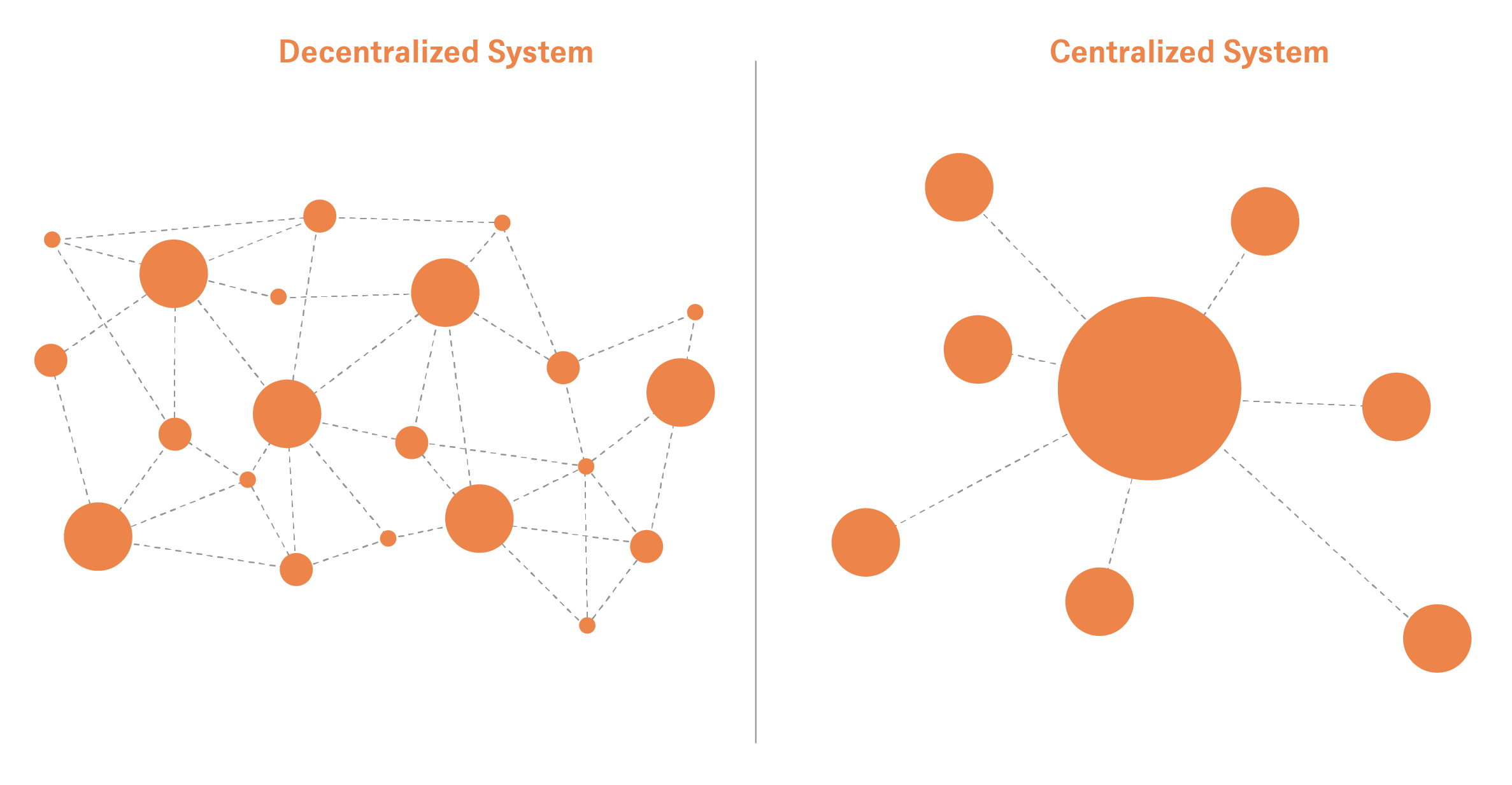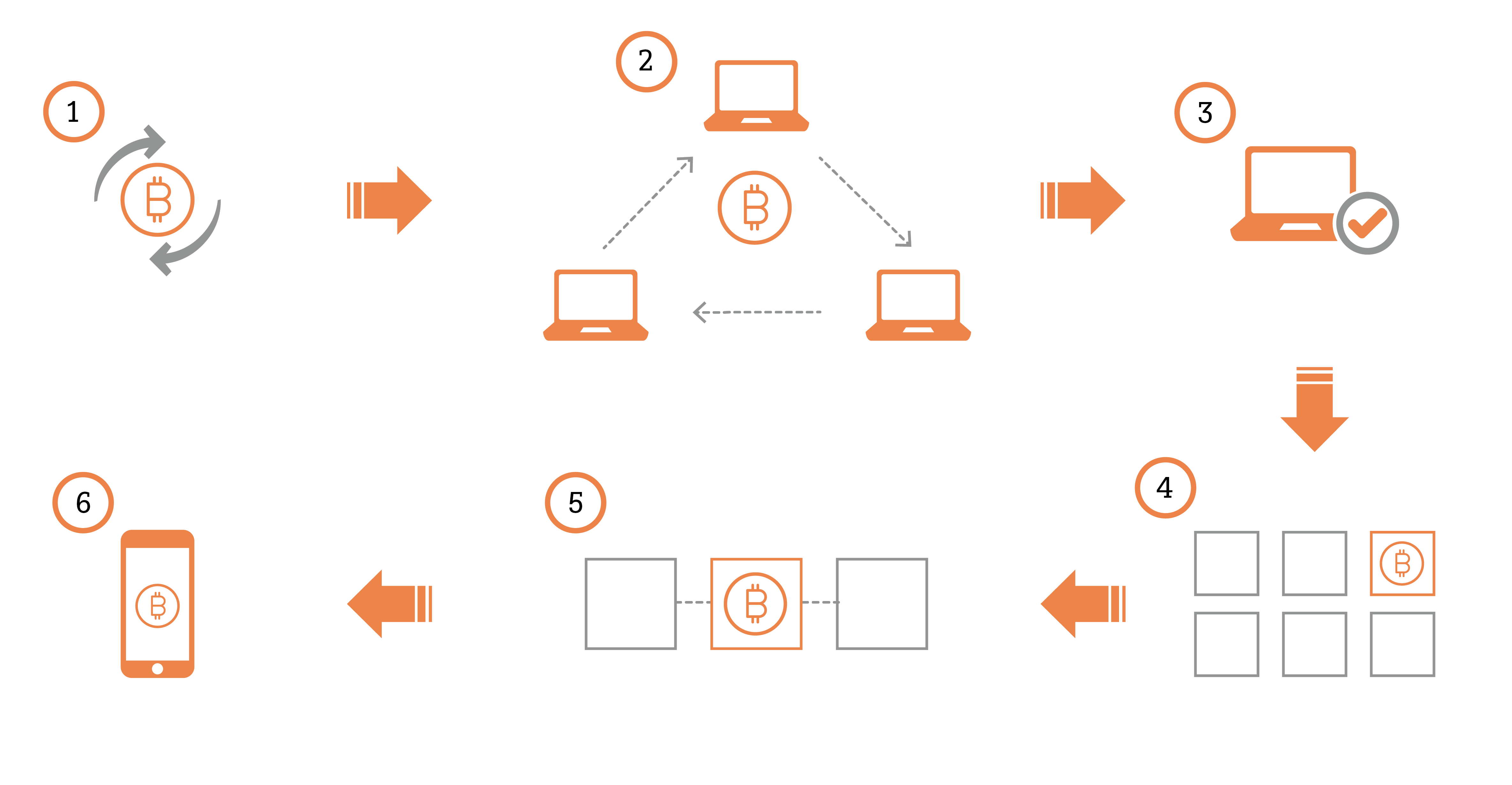- Home »
- Knowledge »
- Focus Topics »
- Digital Assets »
- Digital Assets – An introduction
to read
What are digital assets?
Digital assets describe any assets that are issued and transferred on a blockchain. We can divide digital assets into three main categories:
![]()
Cryptocurrencies
Cryptocurrencies refer to digital assets that are native to a blockchain network. Most cryptocurrencies are decentralised, meaning that no singular authority like a government or financial institution controls them. The two largest cryptocurrencies are bitcoin and Ether.
![]()
Tokenized Money
Tokenized money describes blockchain-based representations of fiat currency and include Central Bank Digital Currencies (CBDCs), tokenized deposits, and stablecoins. Currently the largest category of tokenized money are USD-backed stablecoins.
![]()
Tokenized Assets
Tokenized assets digitally represent traditional assets and include financial assets (e.g., equities and bonds), real assets (e.g., real estate and art) and intangible assets (e.g., patents). While the current adoption of tokenized assets is limited, their potential is high.
What are blockchains and how do they work?
Blockchain technology is a revolutionary way of keeping track of digital information. In essence a blockchain is a decentralised and tamper-resistant digital ledger maintained by a network of computers. A blockchain consists of a continuously growing list of blocks, that are cryptographically “chained” together. Each block contains information about the previous block, reinforcing the order of entries as the network progresses.
Blockchain technology enables individuals or nodes to work collectively without reliance on a centralized intermediary. Thus, they can be used for many use cases across industries that require a golden data-source, i.e., a trusted and reliable data repository, across different stakeholders.
What is a decentralised network?
Decentralised networks are distributed among multiple computers, creating an interconnected system where no single entity holds complete authority. Thus, the entities control each other and there is no need to trust a central authority.

Source: DWS International GmbH, 2024
How does a blockchain transaction work?
Let’s take a look at the workflow for a typical bitcoin transaction: Pablo wants to send Barbara one bitcoin.
- Pablo initiates the transaction using his bitcoin wallet (comparable to a bank account number) and specifies Barbara’s wallet address. Pablo authorizes the transaction digitally with his private key, which is comparable to his online banking pin. This digital signature validates the authenticity of the transaction.
- Pablo’s requested transaction is broadcasted to the entire Bitcoin network, consisting of computers (“nodes”) that validate transactions.
- These nodes confirm that Pablo has sufficient funds and the digital signature is correct before validating his transaction.
- A special group of Bitcoin network participants called “miners” finally validates the transaction and combines it with other transactions into a new block (see the Bitcoin microsite for more information on Bitcoin mining)
- The blocks are chained together creating a permanent history of all transactions.
- Once the block is added to the blockchain and a certain number of blocks are created after it, the transaction is finalized. Barbara’s wallet will reflect the received bitcoin from Pablo.

Source: DWS International GmbH, 2024
The heart of a blockchain protocol: The consensus mechanism
The consensus mechanism is essential for blockchains to achieve a common and secure ledger. By requiring consensus among many distributed computers, it is extremely difficult for bad actors to manipulate the ledger. Thus, the consensus mechanism enables the blockchain participants to agree on transactions.
There are several types of consensus mechanisms, each with unique strengths and weaknesses. They differ in their technical setup, energy requirements and reward systems. The most common ones are:
![]()
Proof of Work (PoW):
New blocks are added to the blockchain by “miners”.
Bitcoin is the most prominent example of a PoW blockchain. (See Bitcoin microsite for more details)
![]()
Proof of Stake (PoS)
New blocks are added to the blockchain by “validators”.
Ethereum is the most prominent example of a PoS blockchain. (See Ethereum microsite for more details)
How are blockchains governed?
Let’s look at the Bitcoin blockchain to better understand how a blockchain operates. Bitcoin is governed by three groups of stakeholders: miners, node operators, and developers. Together, these groups reach a balance, with each group possessing checks and balances against the other two.
Developers |
Node operators |
Miners |
|---|---|---|
| Developers are essential for writing and deploying code, but developers can neither force node operators nor miners to run that code. | Node operators choose which code to run and they validate blocks, but node operators do not write code and cannot add new transactions. | Miners can add new transactions to the ledger, but they don’t write code and their blocks can be rejected by node operators. |
Other blockchains have slightly different setups. For example, in the Ethereum blockchain, “miners” are replaced by “validators”. In spite of these differences, the overall concept remains unaltered: Governance responsibilities are split between different groups whose power is balanced by a system of checks and balances.
If agreement cannot be reached, the blockchain risks splitting into two versions, commonly referred to as “hard forks”. Hard forks happen as a consequence of a change to the blockchain protocol, which is not backward compatible. As a result, nodes following the new set of rules can only communicate with other nodes operating the new version of the protocol. This creates two separate networks with two different cryptocurrencies. A prominent example of a hard fork is provided by the 2017 Bitcoin “block size war”, which led to the split of the Bitcoin blockchain into Bitcoin and Bitcoin Cash.

Source: DWS International GmbH, 2024
How do blockchains scale?
Blockchains often struggle to scale as they must balance the conflicting goals of scalability, decentralisation and security, which is called the “blockchain trilemma”. To increase scalability, a blockchain can either adjust the design of the main blockchain (layer 1) or build another layer on top of the existing blockchain (layer 2).
- Layer 1 is the foundational layer of a blockchain. This layer encompasses the core protocol and consensus mechanism. Examples include Bitcoin and Ethereum.
- Layer 2 provides faster and cheaper transactions while benefiting from the security of layer 1. Examples include Polygon, a layer 2 on Ethereum, and the Lightning Network, a layer 2 on Bitcoin.



